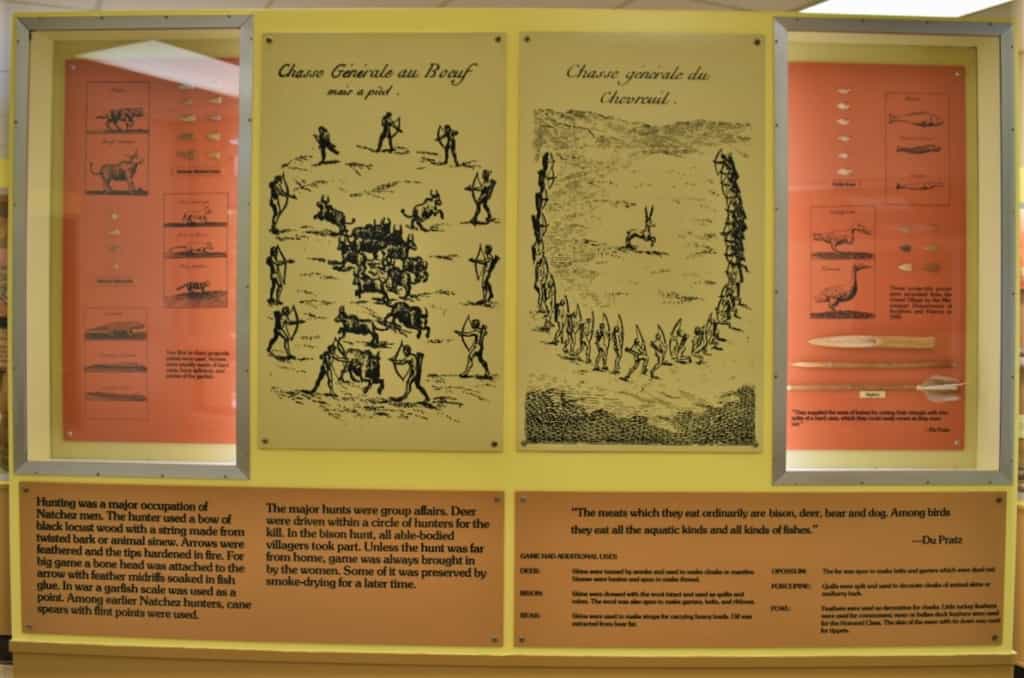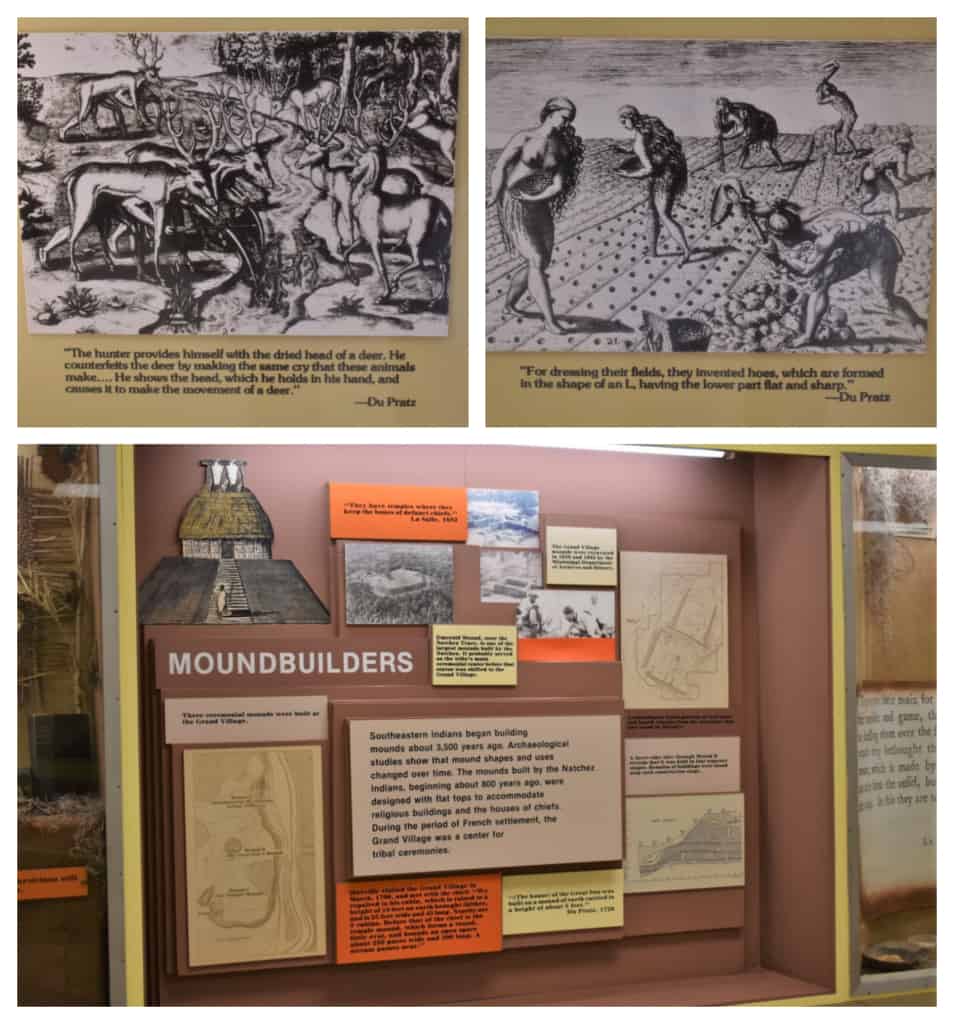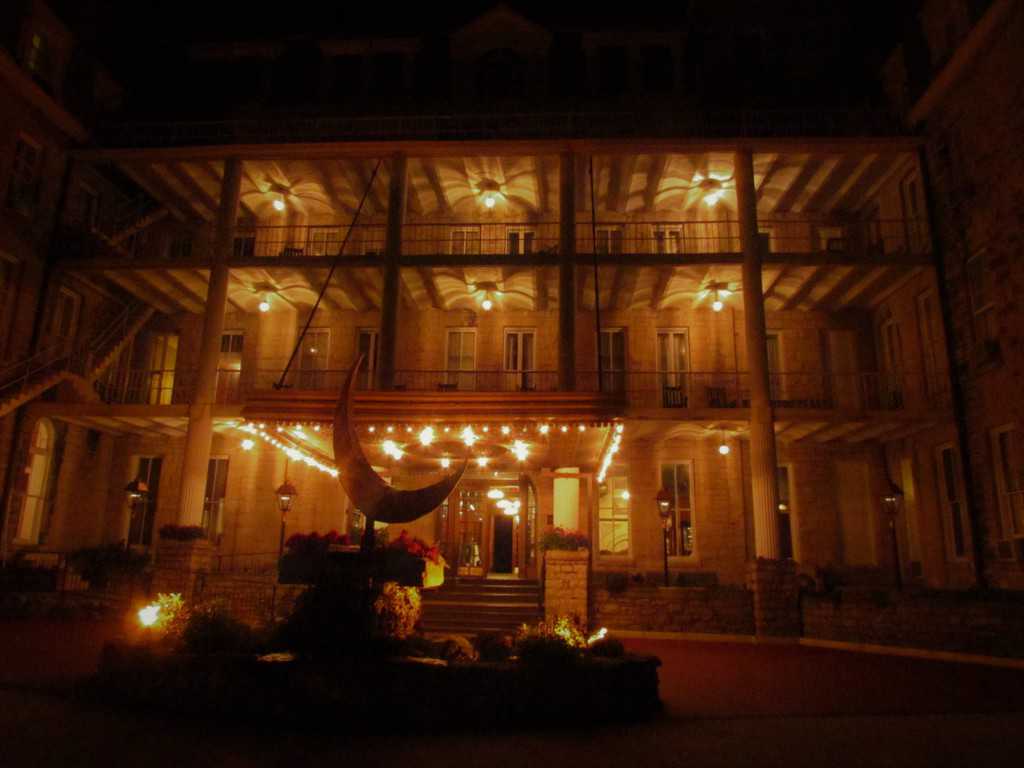As we crossed the Mississippi River into Natchez, we could see the bluffs lining the eastern shore. Little did we know, this day would lead to an education lesson about the indigenous people who used to call this region home. Making our way through the city, we would eventually wind up at the Grand Village of the Natchez Indians. The 128-acre park is a great place to explore and learn about these Mississippi Mound People. Their trusting spirit would eventually lead to their demise.

District Life
It is hard to say when the Natchez first arrived in this region, but evidence points to around 700 A.D. They were well versed in life along the Mississippi River. Their lifestyle was a combination of hunter, grower, and gatherer. When the DeSoto expedition arrived in the area in 1542, they found a community lifestyle made up of multiple districts. The Natchez were cultivating corn, beans, and squash, as well as harvesting wild plants. What the Europeans brought them was smallpox, bubonic plague, and measles. Over the next 100 years, the Natchez population dropped drastically.

Living Off the Land
Like many Native Tribes, the Natchez were skilled hunters. Living along the woodlands gave them ample opportunity to hone their skills. To increase their odds of success, wildlife would be driven into an area that was surrounded by hunters. Here it would be easier to make a kill and provide for the tribe’s needs. Deer and bison were common prey, but they also hunted bears, porcupines, and turkey. The abundant wildlife provided clothing and ceremonial materials for the tribe. They also enjoyed their leisure and played a stickball game that resembled modern lacrosse. 
Mississippi Mound Builders
The lands around the museum have been preserved and include walking trails that allow guests to get in touch with nature. Included in your walk, is a chance to see two mounds that were excavated and rebuilt. Mound building was not uncommon for indigenous tribes across North America. For many, they served as ceremonial sites. The mounds constructed by the Natchez were flat-topped and sometimes included as lodging for tribal leaders. These Mississippi Mound People achieved the pinnacle of their power about the time French explorers visited the region. After establishing a colony in present-day Mobile, Alabama, French explorers moved inland to claim the land for France.

Trusting the Wrong People
In 1716, the French established Fort Rosalie near the edge of the Mississippi River. As it continued to grow, relations between the French and Natchez tribe became strained. The British were also embedded in the area and used their agents to create animosity between the two other parties. In 1729, war broke out between the Natchez and French. An attack on the fort ended with the death of about 230 colonists, only sparing the women and enslaved captives. The repercussions of this action signaled the downfall of the Natchez tribe. The French teamed up with Choctaw natives to kill mass numbers of Natchez. Those left alive were sold into slavery. Survivors who escaped would join other tribes and carry on the Natchez bloodlines.

Our Day Was Looking Up
While our schedule only allowed for a half-day visit to Natchez, Mississippi, we made every effort to pack it as full as possible. We had already learned about the history of this city and enjoyed a meal with some locals. A visit to this museum had immersed us into the origins of the native people who had occupied this area before Europeans arrived. We were quickly falling in love with the first Mississippi city. It’s one that will need more exploring in the future.





